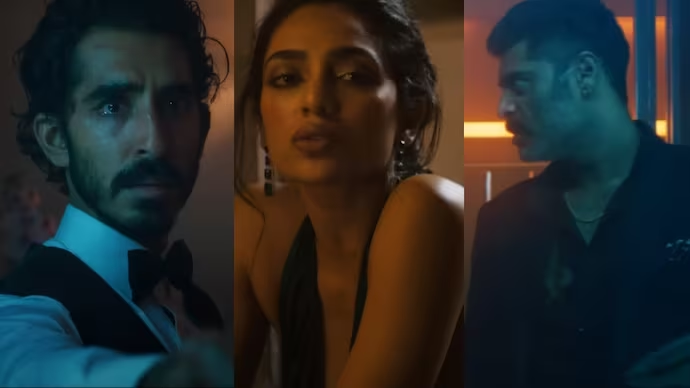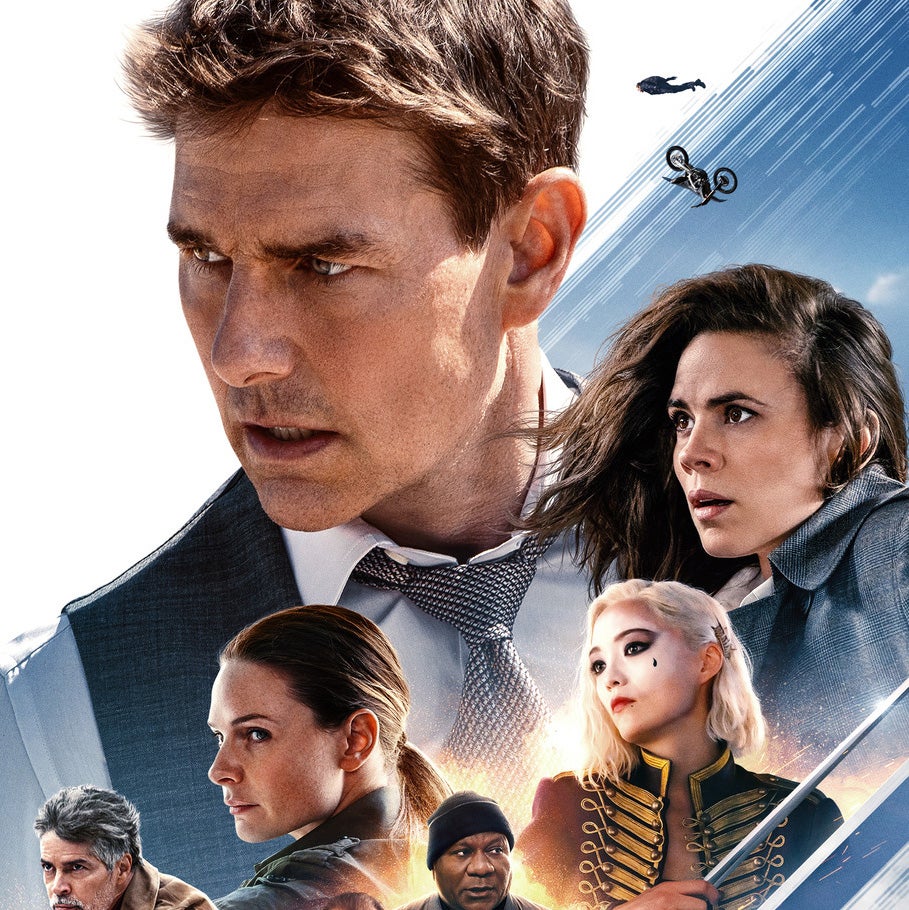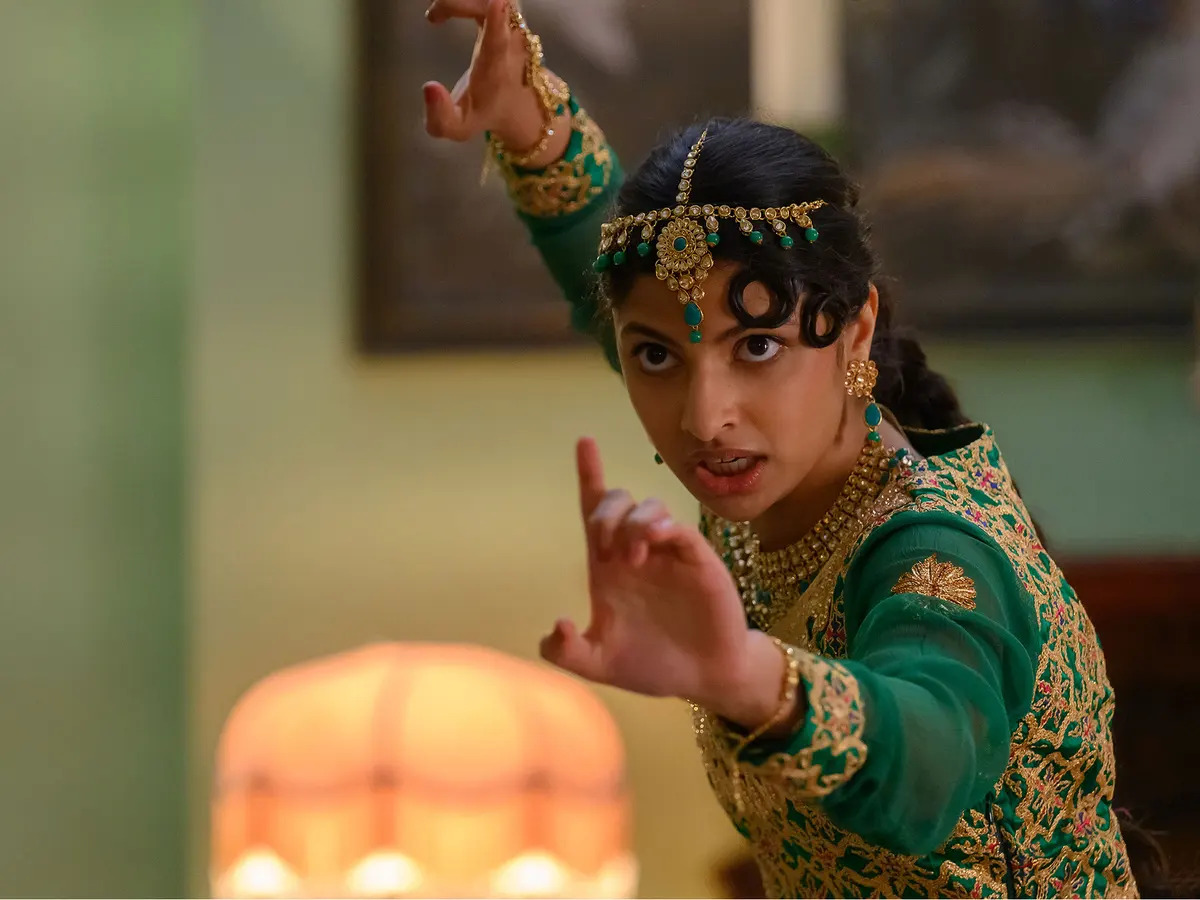One Night at McCool’s
Posted on December 13, 2002 at 5:17 am
D| Lowest Recommended Age: | Mature High Schooler |
| Profanity: | Very strong language |
| Nudity/ Sex: | Many sexual references and situations, often graphic |
| Alcohol/ Drugs: | Lots of drinking and smoking, scenes in bar |
| Violence/ Scariness: | Intense comic violence, characters killed, lots of blood |
| Diversity Issues: | All major characters are white |
| Date Released to Theaters: | 2001 |
This black comedy about the different way that people can see the same characters and events is disappointingly uninvolving, too violent, and just not very funny.
Liv Tyler plays a literally femme fatale named Jewel, a con woman who will do anything and use anyone to get the only thing she cares about, a home of her own. She meets likeable bartender Randy (Matt Dillon) when he rescues her from an abusive boyfriend. Or so he thinks. After he brings her home and they have wild sex, she admits that it was all part of a scam, and that her boyfriend is on his way there so that they can rob him. But when she finds out that he owns the house, she switches gears, and before he knows what hit him, Randy has confessed to a murder he did not commit, lost his job, and gained a full-time, in-house decorating machine.
Meanwhile, Randy’s lawyer cousin Carl (Paul Reiser), is tantalized by Jewel, too. Before he knows what hits him, he and Jewel are fitted out in all kinds of leather and chains for some steamy S&M action.
And in the middle of all that, a kindly cop (John Goodman) sees Jewel as the sweet replacement for his late wife. Each of these three men recounts their involvement with Jewel to a slightly sympathetic listener — the cop to a priest (Richard Jenkins, knocking back some sacramental wine as the details raise his blood pressure); the lawyer to a therapist (Reba McEntire, the classiest presence in the movie); and the bartender to a sleazy hitman (producer Michael Douglas, with a toupee that looks like a possum died on his head). The movie attempts to derive some humor from the intersection and inconsistency between the various stories.
One funny visual gag with a DVD and one funny joke about the Village People are not enough tomake this movie worthwhile. Tyler certainly looks beautiful, especially when she is soaping down a dirty car in slow motion and soft focus. But she does not have the range to make Jewel interesting with any of the three men. And the movie never establishes its tone.
Parents should know that the movie has extremely strong language, vivid sexual references and situations, including S&M and oral sex, and explicit violence, some shown very casually. Major characters are killed and no one seems to care about it very much. The characters lie, cheat, steal, and kill. Many viewers will be offended by the portrayal of the priest, who munches on communion crackers and behaves in an overall un-priestly manner.
Families who see this movie should talk about how different people see the same events and characters differently, and how they can best communicate their different views to each other.
Audiences who enjoy this movie will also enjoy “To Die For,” a better movie with Matt Dillon as a man whose wife (Nicole Kidman) persuades some teenagers to kill him.






